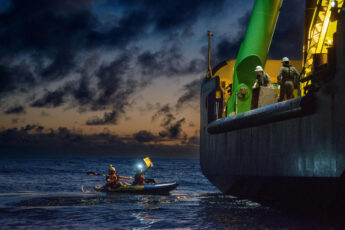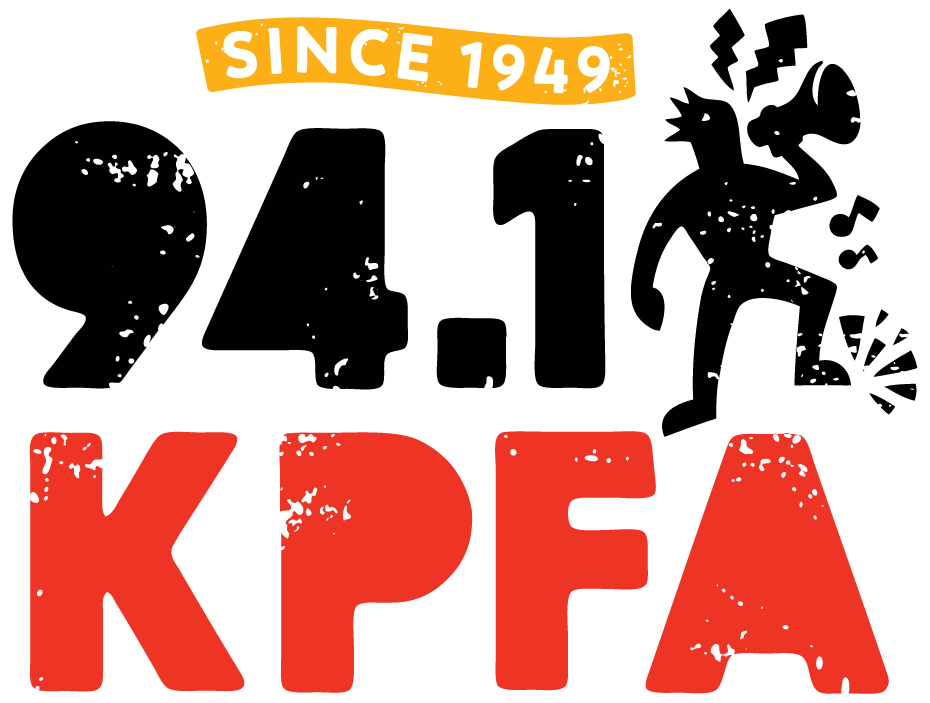
Thousands of meters below the ocean surface, there’s a whole world we’ve only just begun to understand. There are massive underwater mountains, hydrothermal vents spewing piping hot water, and bioluminescent creatures that offer pockets of light in an otherwise pitch-black ecosystem. There are also trillions of dollars worth of minerals like copper, cobalt, nickel, and manganese, minerals that are increasingly in demand for green technologies like the lithium-ion batteries used in electric cars.
These minerals have landed certain seabed regions on the radar of a nascent deep-sea mining industry. That industry includes The Metals Company, which is currently conducting exploratory work in a part of the Pacific known as the Clarion Clipperton zone and which hopes to begin commercial mining activities in 2025, despite growing concern by scientists and environmental advocates about the threats such mining poses. Given those threats, last week, Greenpeace activists began a protest at a ship the company is using to conduct research, boarding the ship and using kayaks to thwart equipment use.
Arlo Hemphill, project lead for Ocean Sanctuaries and Stop Deep Sea Mining with Greenpeace USA, joins Terra Verde host and Earth Island Journal managing editor Zoe Loftus-Farren to discuss the risks of deep-sea mining, the status of international seabed mining regulations, the ongoing protest in the Pacific, and more.

